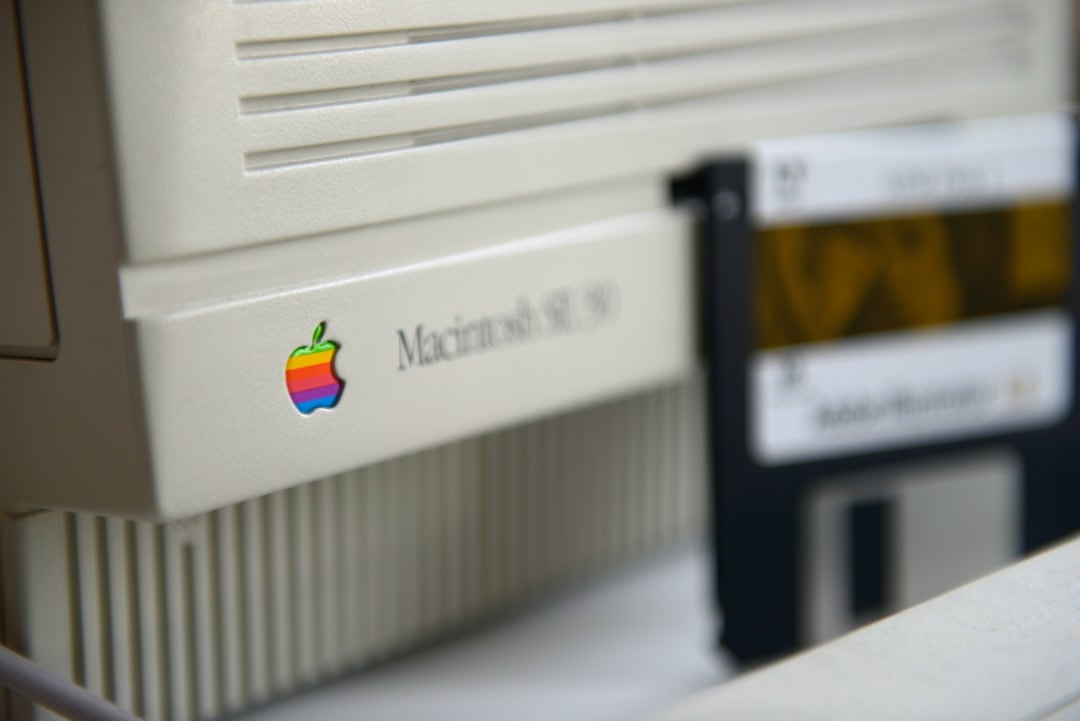Mac computers are known for their reliability and sleek interface, but even the best systems can run into troubles, including data loss and unexpected errors. Whether it’s accidental deletion, system crashes, or corrupted drives, losing data can be a frustrating and sometimes devastating event. Fortunately, there are effective and reliable methods to recover your Mac data and resolve common system issues. In this article, we will explore these methods step-by-step, so you can securely recover your data and restore your system with confidence.
Understanding the Causes of Data Loss
Before jumping into recovery methods, it’s important to understand why data loss occurs. This can help you better prevent it in the future and choose the most appropriate recovery solution.
- Accidental deletion: One of the most common causes where files are removed without realizing their importance.
- Hard drive failure: Hardware failures can occur due to aging components or manufacturing defects.
- macOS corruption: System updates that go wrong or malware infections can damage essential operating system files.
- File system corruption: Issues with HFS+ or APFS file systems may result in unreadable disks or partitions.
Recognizing the root of your problem helps you select the most efficient path to recovery.
Immediate Steps After Data Loss
Once you notice missing or corrupted files, it’s crucial to take immediate action. Delaying can result in files being overwritten and becoming unrecoverable.
- Stop using the Mac: Avoid writing new data to the disk. Every new operation can overwrite deleted files.
- Check the Trash: Accidentally deleted files often end up in the Trash. Restore them if they are still there.
- Search Recent Backups: Use Time Machine or another backup tool to check for older versions of your files.
Using Time Machine for Recovery
If you’ve had Time Machine enabled, the recovery process can be straightforward. Simply follow these steps:
- Connect your Time Machine backup drive.
- Open the folder where your lost file was located.
- Launch Time Machine and navigate through the timeline to locate the version you want to restore.
- Click Restore to bring the file back.
Note: Time Machine does not back up everything. Files not included in the backup can be recovered by using other tools.

Third-Party Data Recovery Tools
When Time Machine is not an option, third-party software can help. Trusted applications known for Mac data recovery include:
- Disk Drill – Offers a user-friendly interface and supports deep scanning.
- EaseUS Data Recovery Wizard – Reliable and effective for recovering lost partitions and deleted files.
- Stellar Data Recovery – Known for comprehensive recovery options including emails and multimedia files.
Be sure to install these tools on a separate drive if possible to avoid overwriting lost data.
How to Address Common macOS Issues
Data recovery is often only part of the problem. Common Mac issues can interfere with your ability to access or retrieve files. Here are ways to resolve them:
1. macOS Not Booting
If your Mac won’t boot, try starting in macOS Recovery Mode by holding Command + R during startup. From there, use Disk Utility to check and repair disks or reinstall the OS.
2. Slow Performance
Slow systems can be caused by too many startup programs or low disk space. Use Activity Monitor to view resource usage and remove demanding applications. Freeing up storage often significantly improves performance.

3. Application Crashes
If specific apps crash frequently, try deleting their plist files, reinstalling the application, or updating to the latest version. Running First Aid from Disk Utility can also resolve underlying disk problems that affect app stability.
Preventing Future Data Loss
While recovering data is possible, prevention remains the best approach. Implementing a few smart practices can protect your system going forward:
- Enable Time Machine: This built-in solution offers reliable, automatic backups.
- Use cloud storage: Services like iCloud, Dropbox, or Google Drive offer additional protection against hardware failure.
- Keep your macOS updated: Patches and updates often fix known bugs and security vulnerabilities.
- Install antivirus software: Though Mac systems are more secure, malware risks still exist.
Conclusion
Data loss and system issues on your Mac can be disruptive, but with careful steps and the right tools, recovery is often possible. By acting quickly, using built-in utilities like Time Machine, or turning to reputable third-party software, you can recover important files and restore normal functionality. Moving forward, ensure you back up regularly and maintain your macOS system to minimize future risks.

